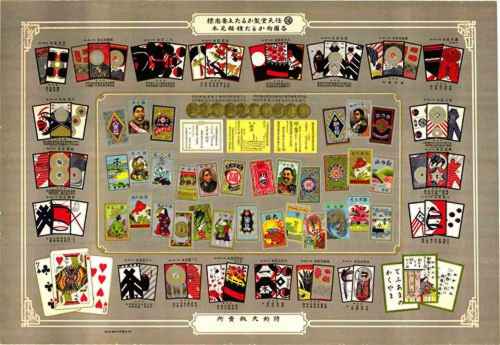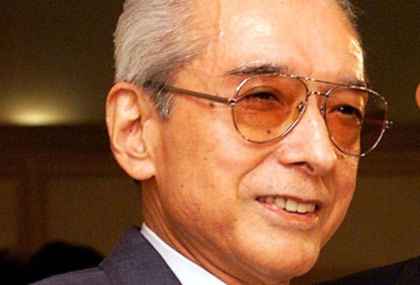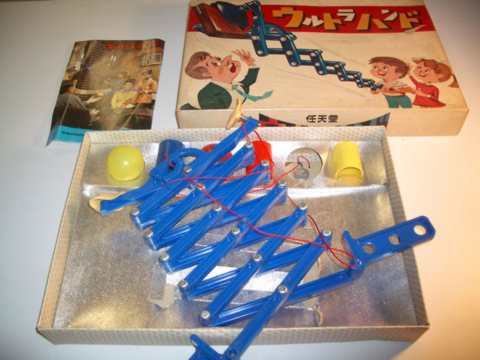| Nintendo - The Early History |
| Written by Historian | |||
Page 1 of 2 Without Nintendo the story of computer entertainment might have begun and ended with Nolan Bushnell and Atari. Although we all know the name, how much do you know about the company, the machine or the men behind it all? Origins in playing cardsNintendo was founded in 1889 by Fusajiro Yamauchi (1859-1940) to make the Japanese playing cards known as hanafuda. A set of hanafuda cards from Nintendo
The kanji characters that make up the name Nintendo can also be read as "leave luck to heaven". The company made the cards of traditional materials and traditional methods adapted to mass production. In 1907 the company moved into western playing cards and needed to secure a wider sales outlet than its own shops. A marketing deal with Japan Tobacco left Nintendo the major playing card manufacturer in Japan. Fusajiro had no sons so, by Japanese tradition, the succession fell to his one of his daughters, Tei Yamauchi. She married Sekiryo Kaneda in 1929 and her husband who took the family name as part of the deal. By 1947 he had expanded the business to include American games such as poker and pinochle and built a sales force to match. Once again no male children were born to be heirs to the Nintendo empire and Tei and Sekiryo's daughter Kimi married Shikanojo Inaba who also took the Yamauchi name and became the heir apparent. Unfortunately things didn't go as planned. After giving birth to Hiroshi, the first son to the Yamauchi house in three generations, Shikanojo left. The young boy was left in the care of his grandparents and grew up resenting his father and distant from his mother. When his father was ill Hiroshi refused to see him. Only after his death did he realise the importance of his father. He grieved for months and became a changed man. Hiroshi takes chargeHiroshi Yamauchi, born 1927
After the second world war Hiroshi enrolled at Waseda University to study law. He also agreed to a marriage arranged by his grandfather. When Hiroshi was 21 Sekiryo had a stroke and Hiroshi was summoned to his bedside. His grandfather told him that he had to leave university and take control of the company. He agreed but on condition that he was the only family member in the company and Sekiryo agreed. The old man died soon after never knowing if Hiroshi was up to the job that he had left him. Hiroshi sacked all of the managers that had served Nintendo through its earlier years. He wanted none of the old guard to interfere with his command. He wasn't welcomed because of his youth and inexperience. In 1951 he changed the name of the company to Nintendo Playing Card company. He tried to modernize and started to produce plastic coated playing cards. In 1959 he agreed to a licensing deal with Disney to produce cards with cartoon characters. They were advertised on TV and Hiroshi built a new network of distributors. Nintendo's sales increased and, more importantly for the future they had a foothold in the Japanese toy market. The next step in his plan to modernize the company was a listing on the stock market to generate the cash needed. Soon after there followed a range of oddball projects - instant rice, a "love hotel" where rooms could be rented by the hour, and a taxi service. Eventually Hiroshi realized that Nintendo's advantage was that it was established in the toy and entertainment market and he decided that it would be better to concentrate on this. Moving into new marketsIn the USA the computer business got started by weekend hobbyists building things in their garages. In Japan the same phenomenon didn't occur because launching companies from garages wasn't part of the Japanese culture.
Gunpei Yokoi 1941-1997 Gunpei Yokoi had been hired by Nintendo to look after the machines that produced the playing cards. He had a degree in electronics and loved building mechanical and electronic novelties. In 1967, as part of Hiroshi's attempt to take the company into other markets, Gunpei was invited to join a new department - the games division. His brief was to make something that Nintendo could sell for Christmas. Gunpei was the first of many keen hobbyists that Nintendo would hire but surprisingly his first invention was prototyped in wood!
The Ultra Hand was manufactured in plastic The Ultra Hand was an extending arm that could be used to pick things up or grasp another person. A television advertising campaign managed to sell 1.2 million of them! After this Gunpei's job was to think up things for Nintendo to sell. His first electronic toy was a simple resistance meter - marketed as a love tester. A boy and girl held a handle each and then held hands - the measured resistance was taken to be an indication of the passion involved! Japanese culture was such that this was very risqué - and so it sold well! <ASIN:2918272159> <ASIN:B000FW64ZS> <ASIN:0966961706> |
|||
| Last Updated ( Sunday, 15 January 2023 ) |




